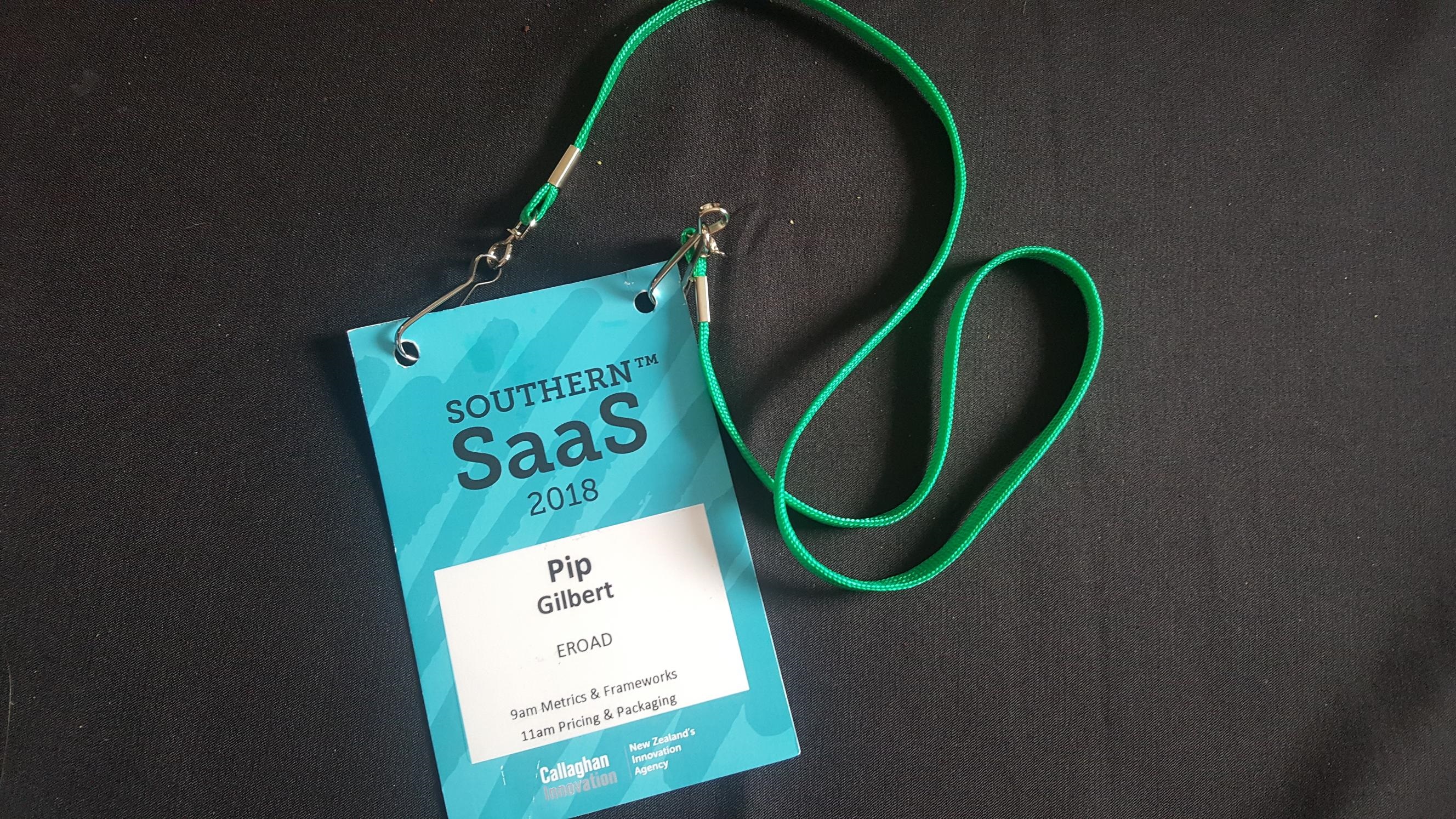I actually started this as a LinkedIn post but quickly realised I had too much to say for short-format. So here we go…
It’s International Women’s Day. It comes around every year, and usually passes with a bunch of women getting together for events or webinars to share their stories of successes and struggles. That’s awesome, but it’s also missing a key ingredient. We can’t do this alone.
When I first started travelling for work, the most obvious solution to make sure things at home ran smoothly was to lean heavily on the wider family, and in particular, the grandparents. I didn’t realise it at the time, but I was transferring the mental load of family life that I normally carried to my own mother (with great support from my in-laws and grandparents too). I tried to make sure my absence minimally impacted my husband so that he wouldn’t object to me being away. Don’t get me wrong, he would never have objected and has always been incredibly supportive of my career ambitions, but some deep seated societal conditioning that I didn’t understand was driving me to smooth things over.
A couple of years ago there was a bit of a change in our house. I took a job that meant that I was going to be travelling much more – as in 3-4 weeks at a time, every second month. Hubby and I sat down and talked about what this would mean, and in short, it meant the family had to learn to live without me. It wasn’t reasonable to expect that they would all move into my parent’s place every time I was away as they had been doing previously.
I’d been gone less than a week when I got the call… “OMG – thank you for EVERYTHING you do for this family. I hadn’t realised.” Hubby had experienced his first taste of mental load and that simple statement changed my life. It made me truly appreciate the load I’d been carrying. Not the share of actual household tasks – on the surface that was fair, but the invisible effort of project managing the family. Not the doing, but the knowing, remembering, aligning, prioritizing, communicating and preparing. The brain work of logistics, not the movement itself.
Since then I’ve consciously stopped. Even though I haven’t travelled like that since pre-Covid times, I’ve actively tried to share the mental load. Sometimes it means saying “I don’t know” or “up to you” to decisions that I definitely do know or have an opinion on. Sometimes it means letting things slip between the cracks to avoid having to be the catcher behind the scenes. And it definitely means letting go of the little things – the dirty dishes might pile up after dinner because the dishwasher wasn’t put on and/or unpacked in time to receive them.
Changing your mindset is hard and I absolutely still slip up in not sharing the load, just this morning I carried the weight of making sure my son had 5 min reminders over a 30 min period to get him out of the house in time to catch his bus. This left me frustrated and tense whilst others in the house were able to focused solely on their own preparations for the day. The visible effort being the 2min it took to walk him across the road to the bus stop, not the 30min of mental load to get him ready to do so. But in a lot of ways, this is still balance. This afternoon I won’t need to consider how he’s getting to his swimming lesson, whether he’s eaten his afternoon tea in time to avoid getting cramps, or indeed what he should eat, what to make for dinner or what time it should be to navigate everyone’s extra-curricular commitments. In short, I am incredibly grateful to my husband for taking on a much greater share of the mental load over the past couple of years. It doesn’t just make my life easier, but makes family life easier as we all know, happy wife = happy life. 😉
P.S. If you haven’t come across the concept of mental load before THIS is a fantastic explainer.

 SaaStr Annual is the biggest event in the B2B SaaS calendar each year. If you haven’t heard of it, or seen the rich content that flows out each year, you should. With 12,000+ SaaS founders / execs / investors from all around the world attending each year in the hopes of powering up their journey to $100M ARR with less stress and more success, the reliable feedback is that the experience really does exceed the hype.
SaaStr Annual is the biggest event in the B2B SaaS calendar each year. If you haven’t heard of it, or seen the rich content that flows out each year, you should. With 12,000+ SaaS founders / execs / investors from all around the world attending each year in the hopes of powering up their journey to $100M ARR with less stress and more success, the reliable feedback is that the experience really does exceed the hype.